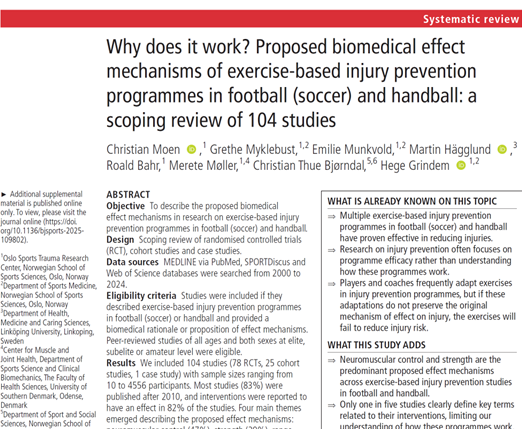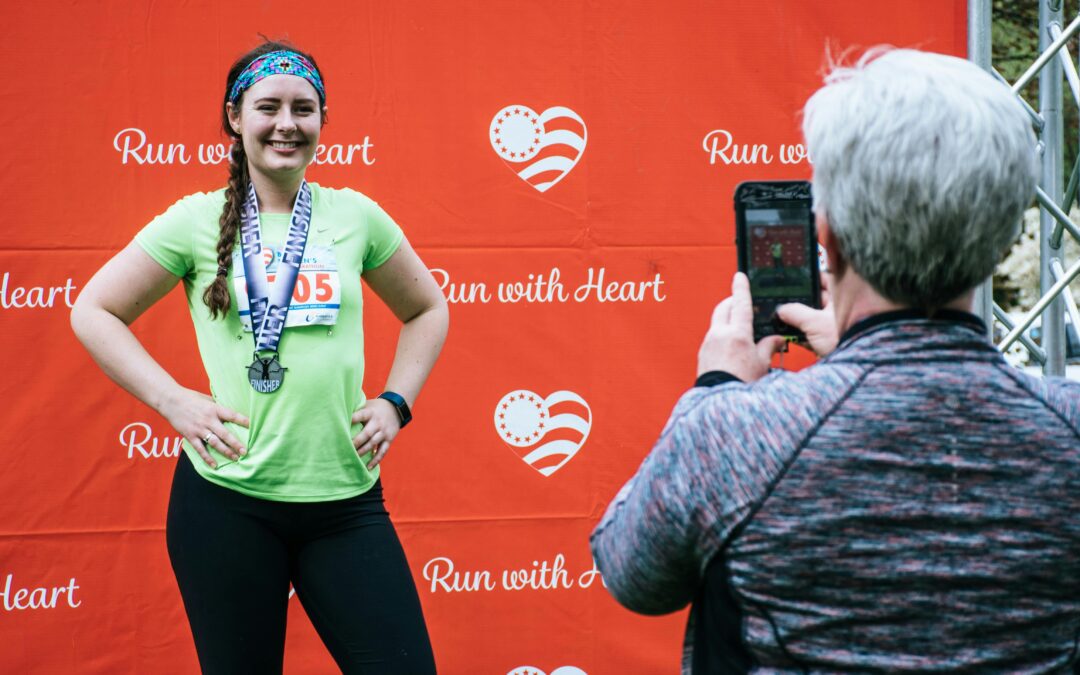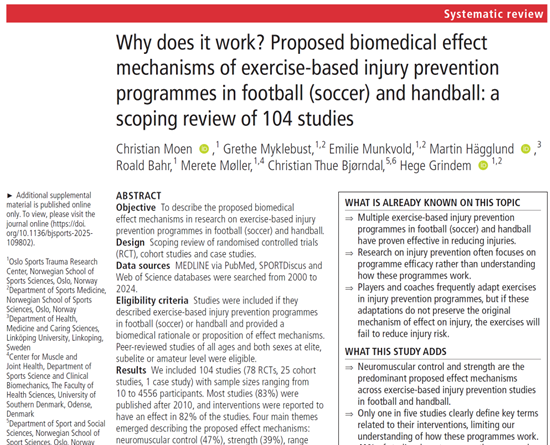Why Women’s ACL Rehabilitation Needs a Different Approach
New research reveals the missing pieces in ACL recovery for women
Women face 25% lower odds of returning to sport after ACL injury compared to men, along with worse pain, function, and psychological outcomes. A new study in the British Journal of Sports Medicine finally explains why—and what we can do about it.
Researchers partnered with 19 women post-ACL injury and 28 rehabilitation practitioners to identify what actually matters for women’s recovery. The result: seven essential considerations that challenge traditional rehab approaches.
The Seven Key Elements
- Goal-driven rehabilitation – Collaborative goal-setting that goes beyond return to sport to include meaningful life participation
- Mental and emotional well-being – Open therapeutic relationships and psychological support are essential, not optional
- Adaptable and supportive environments – From supervised sessions to home-based options that work around life demands
- Education and resources – Especially for strength training, which many women haven’t done before
- Whole team for the whole woman – Including consideration of menstrual health, pregnancy, and obstetric factors
- Accessibility and competing demands – Motherhood, caregiving, work, and financial realities matter
- Peer, group, and social support – Connection reduces isolation and improves adherence
What’s Different?
The standout finding: many women have never lifted weights before their ACL injury, yet strength training is fundamental to recovery. This means we need more than exercise prescription—we need education, supervision, and confidence-building in gym environments.
Women also tend to value skill development and participation-based goals over pure performance metrics. Goals around community participation, daily activities, and skill mastery may be more meaningful than just sport return.
The Takeaway
We need to deliver the fundamentals—goal-setting, education, therapeutic environment, and strength training—but through a gendered lens. This means acknowledging that women may be new to strength training, recognizing family/caregiving responsibilities, offering flexible options, and considering female health factors.
The gender disparity in ACL outcomes isn’t inevitable. These seven considerations give practitioners a practical framework for better outcomes.
This research represents an important step toward evidence-based, equitable rehabilitation practices. Whether you’re a physical therapist, strength coach, or athletic trainer, this provides a practical framework for enhancing your approach to women’s ACL rehabilitation.





0 Comments